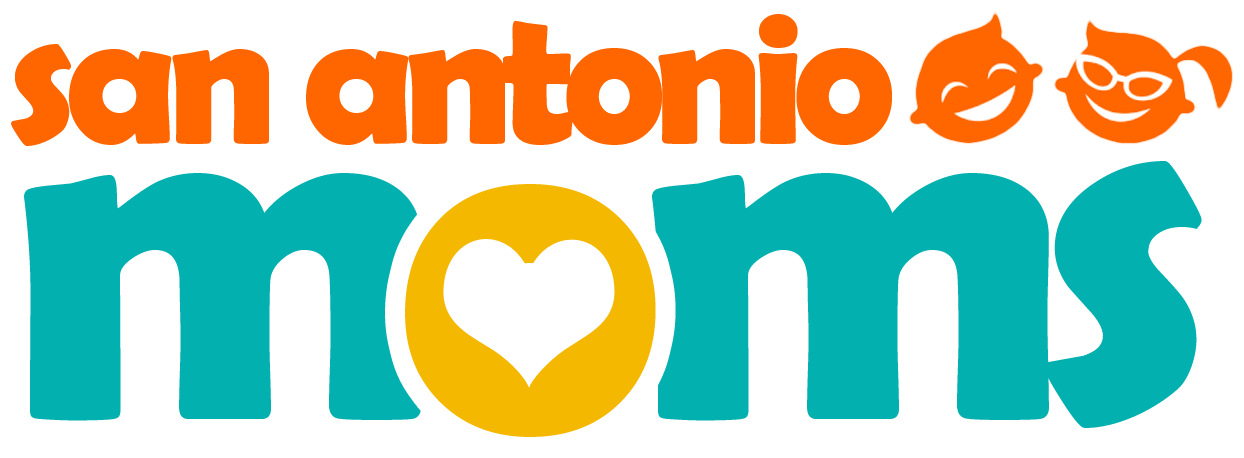Helping Kids Recognize and Fix Their Mistakes
Table of Contents
The key to disciplining your child requires you to have the discipline of yourself. Although what your child did might make you extremely angry or upset, you need to stay in control and work with her to deal with the situation.
The goal of discipline is to help your child recognize their mistakes and learn how to be a problem solver. This is an excellent skill in life to learn because you want your child to learn that if she causes a problem, she can find a way to remedy it. It makes a child more independent, resourceful, and confident. It also fuels her self-esteem when she sees that she has the power to improve things and helps her deal with anger and conflict situations.
Show Your Child What She Did Wrong
Let’s say your child threw her pants into the washing machine and forgot to check her pockets as you have asked her to do. This time she left a tube of lipstick in her pocket and it broke loose and marked up the clothes in the wash. Ask her to come over to the washing machine and show her what has happened.
In a case like this, it is obvious what happened and you don’t have to say much. You can even ask the child what they think happened. Resist the urge to say, “I told you so.”
Let Your Child Take Ownership of the Problem
You may be tempted to tell your child to get out of the way or go to her room after they have done something wrong, but this does not help your child learn from her mistake. A better way is to acknowledge that your child has a problem and tell her that you think she has what it takes to solve the problem.
Help Your Child Come Up with Solutions for the Problem
Refrain from saying something like, “there is nothing anyone can do and the clothes will just have to go in the garbage!” This tells her that the problem can’t be solved and can make her feel upset and guilty. The clothes may be ruined, but there are things that your child could do.
You can ask your child what ideas she has to deal with the situation, and you can build on her ideas or throw a few options out there for her if she needs help. She can wash the clothes again, she can use a spray cleaner to get the lipstick out, she can scrub the stained clothes in the sink first before she throws them into the wash again or she can go on the Internet and see if she can find ways to get lipstick out of clothing.
Even if the lipstick can’t come out, there are other things you can do with the clothes – and you can brainstorm together again. Ideas can range from getting clothing paint and making artistic designs that incorporate the lipstick stains, wearing the clothes with stains anyway, donating the clothes to a charity or cutting them up for rags.
Respect Your Child’s Sense of Dignity
Remember not to say hurtful things like, “I knew I couldn’t trust you to do this” or “I should have known you would blow it again.” That might be what you are thinking in the heat of the moment, but saying it does not help your child. It just makes her feel like she is the problem and hurts her self-esteem.
You want to back her up and tell her that she has the skills and the smarts to figure out how to deal with this – and then let her deal with it. In situations that are more serious, you may well have to be more involved, but do your best to help your child be part of the process. And of course, if the situation is life-threatening, just take action as needed.
When you discipline your child you want to show her what she did wrong, let her take ownership and come up with solutions to fix her mistake. Express how you feel about the situation, and remember to be in control and respectful.
References: Coloroso, Barbara. Kids Are Worth It! Revised Edition: Giving Your Child the Gift of Inner Discipline. NY: HarperCollins, 2002.
